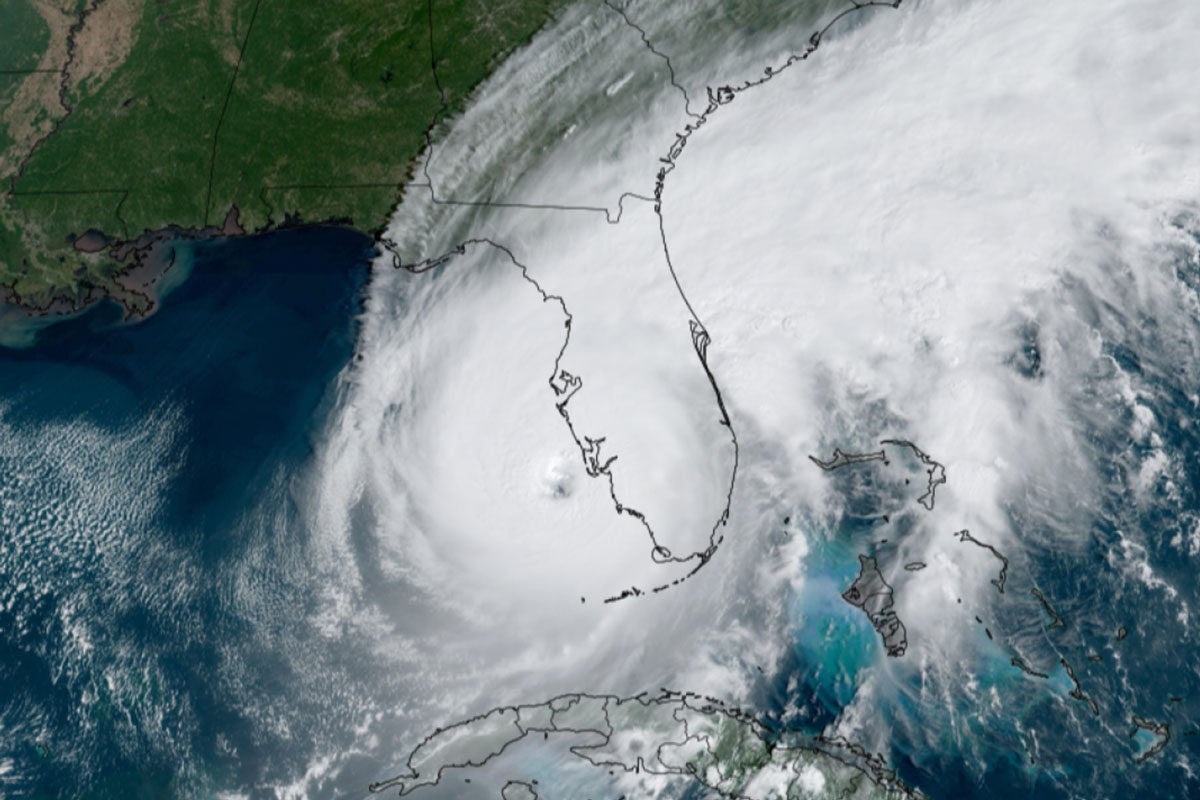In what may be the most anticipated recession ever closing in on the U.S. economy, Florida is in a strong position to weather the next “economic storm.” That’s according to UCF economist Sean Snaith in his latest statewide forecast released this morning.
“Economically speaking, we have our flashlights, batteries, food and water,” Snaith says of Florida’s economy on the first day of the Atlantic hurricane season. “Compared to what Florida went through in the two previous recessions, the next recession will be more akin to a tropical depression.”
Much of the reason is due to consumers’ continued spending on services and experiences —critical for Florida’s tourism sector.
Plus, Snaith, the director of UCF’s Institute for Economic Forecasting, explains: “Florida’s continued population growth, which led the nation last year, and the associated wealth and income it has brought to the state serve as ‘sandbags’ against erosion of economic activity. Record-low unemployment and continued job growth are like our ‘storm shutters,’ lessening the damage that a recession would do to our labor market.”
Ultimately, Snaith says “Florida’s economy is as well prepared to weather a national recession as we could be.”
Snaith also adds that Florida’s red-hot housing market has cooled.
“High prices coupled with rising mortgage rates have brought an end to the spike in prices,” he says. “The possibility of an economic slowdown nationally might lead to some price depreciation, but absolutely nothing like we saw in 2008-2009.”
Debt Ceiling Debacle
Of the frenzied politics over the national debt ceiling, Snaith likens the drama to a bad movie “we’ve been forced to watch over and over again. There’s no M. Night Shyamalan twist here.”
The deal, as it stands Thursday morning, will have little economic impact.
“Some of the concessions are headwinds for the economy, but this is not going to have a major shock,” Snaith says. “It’s simply not a dramatic reduction in spending and likely only to be temporary.”
More Florida Forecast
Snaith’s forecast also includes individual outlooks for Florida’s 25 metro areas. Some additional highlights from Snaith’s latest four-year Florida forecast include:
- From 2023-26, Florida’s economy, as measured by Real Gross State Product, will expand at an average annual rate of 1.2%. Real Gross State Product will decelerate during the economic slowdown as growth will slow to 0.8% in 2024 and in 2025, then accelerate to reach 1.6% by 2026.
- Real personal income growth will average 2.2% during 2023-2026. Following an inflation-driven pullback in 2022, growth will average 2.9% during 2025-2026, hitting 3.0% in 2026. Florida’s average growth will be 0.2 percentage points higher than the national rate over the 2023-26 four-year span.
- Payroll job growth in Florida will begin to falter with a slowdown in the U.S. economy, but not in every sector. After year-over-year growth of 4.6% in 2021 and job growth of 5.3% in 2022, payroll employment in 2023 will decelerate to 1.0% and contract by 2.4% in 2024 and by 0.5% in 2025. Job growth turns positive and grows by 0.8% in 2026.
- Housing starts will be suppressed by the slowdown and higher mortgage rates. Total starts of 158,349 in 2020 jumped to 193,049 in 2021 and held at 192,213 in 2022 — all before higher interest rates and a slowing economy result in a deceleration in starts to 142,183 in 2023 and 137,121 in 2024 before ticking up to 147,146 in 2025 and 149,030 in 2026. Rapid house-price appreciation has been washed away with demand dampened by rising mortgage rates, decreasing affordability and the slowing economy.




